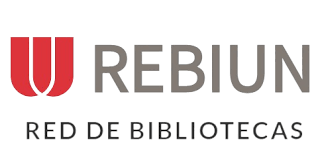The Gender Economy: Alimony and its Relationship with Paternity and Women's Human Rights
DOI:
https://doi.org/10.4067/s0718-73782020000200131Keywords:
Human rights; Gender perspective; Gender violence; Masculinities; Education.Abstract
The hereby article critically investigates the legal institution of alimony and its impact on the economy of women, which constitutes a sort of “Patrimonial Violence” as contemplated in the Inter-American Convention to Prevent, Punish and Eradicate Violence Against Women. The need to incorporate the economic analysis of law is raised, within which the legal phenomenon addresses the need to examine the legal components, but also the value chains from a gender perspective. The sociocultural patterns that deepen and naturalize irresponsible parenthood and its consequences in childhood and adolescence are addressed in relation to the decrease of economic resources to cover the education of their offspring and the absence of coeducation, both in school and in the family, as an important area of learning about masculinities. The data obtained comes from secondary sources, especially from the "Research on the costs for society, the system and people who are entitled to alimony in Central America" carried out by the Justice and Gender Foundation on this matter, and data on this problem in Ecuador. The need for transformation in educational policy approaches is highlighted, as is the visibility of cultural factors that impact hegemonic masculinities and fatherhood.
Published
How to Cite
Issue
Section
License

This work is licensed under a Creative Commons Attribution 4.0 International License.
Creative Commons Attribution (by)
This licence permits the exploitation of the work, as well as the creation of derivative works, the distribution of which is also permitted on condition that express reference is made to the author, i.e. that his/her name appears in any use or act of exploitation of the work.













